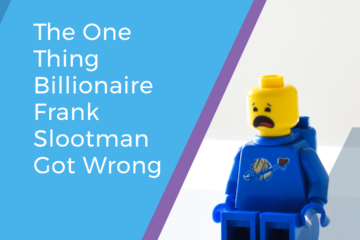5 Questions to Ask When Launching a Customer Success Program in an Established Enterprise

Starting about a decade ago, pure-play SaaS companies like Salesforce.com, Workday, and Box pioneered the concept of Customer Success Management (CSM). It was an organic solution to an inherent problem: since a large part of their revenue was up for renewal each year – and since customers typically had low friction to move – these vendors created CSM teams out of necessity with the objectives of driving Adoption, Expansion, and Renewal.
As mature enterprise companies move more of their products to subscription-based pricing (even if on-premise) and cloud-based delivery (in some cases), they are starting to launch CSM efforts out of the same need. Companies like Cisco, Adobe, and Red Hat have proven the impact of CSM at scale in large enterprise organizations. It’s a no-brainer that Customer Success should be an important part of any company’s transition to a subscription business model. Spinning up and scaling your CSM organization, however, isn’t so straightforward; it requires unique and careful planning.
Here are five questions to ask yourself on the front end of your transition:
Question #1: What segments do I start with?
This is such a crucial action that it always surprises me how late many recurring revenue businesses are to segment their customers. It’s intuitive for sales organizations at the enterprise level to think analytically about how to divide their offerings into tiers and run their plays accordingly. For post-sales organizations, it’s equally important. Don’t wait until your CSM workloads become unmanageable and unstrategic. This is your first step.
Think about what levers you’ll use to define each segment. At Gainsight, we use employee count and Net Promoter Score (NPS) to create four tiers. You may have more, you may have fewer. Here are a few other levers that could inform your choice on a per-customer basis:
- ARR
- License count
- Perceived TAM
- Brand influence
- Market stage
- Gut feeling
Furthermore, think about the “lift” you’ll achieve from a program. While your largest accounts are your crown jewels, they may also already get the most attention, so it may be hard to prove the incremental impact of a Customer Success program. Conversely, your smallest accounts may be too low profile. We often find that the middle of your account base is where you’ll find the highest ROI.
Question #2: How do I measure customer health?
Think of churn as a disease. It’s chronic, which means there’s no miracle pill or easy cure. That’s where Customer Success (and Customer Success Managers) comes in. Customer Success Managers (CSMs) are like doctors for your customers, diagnosing symptoms and treating the root causes, or suggesting specialists where needed. The summary of these vital signs is a customer health score.
Read the full article on the Technology Services Industry Association’s website




